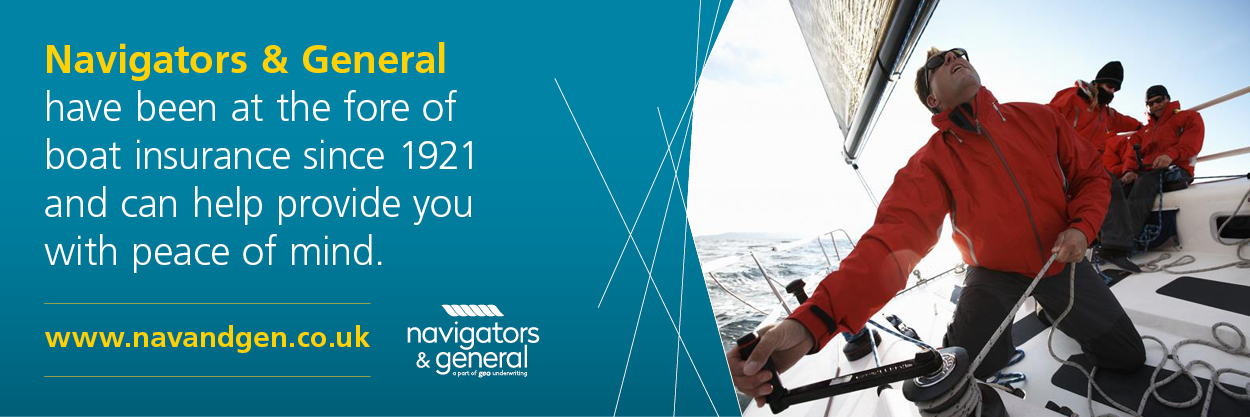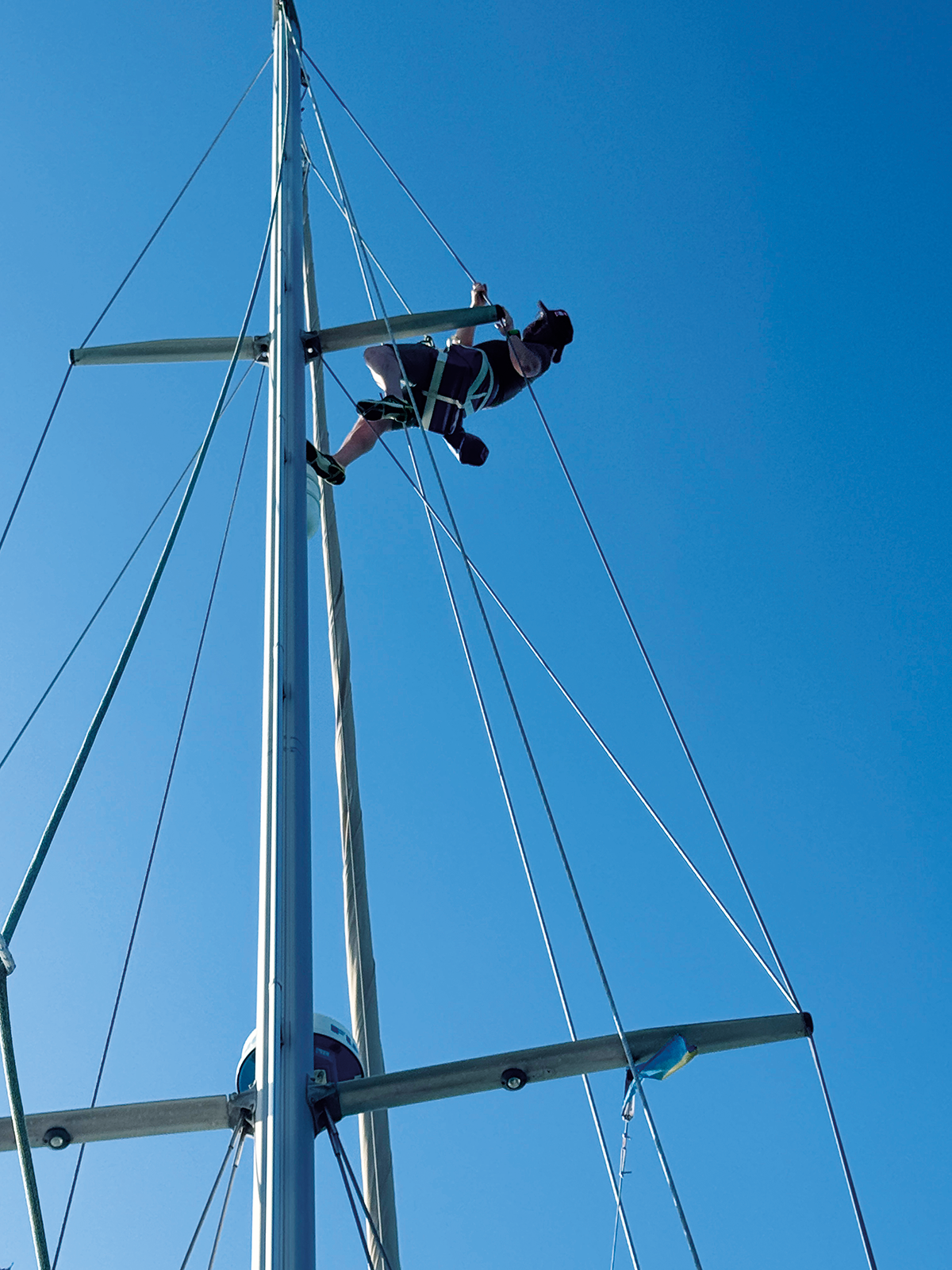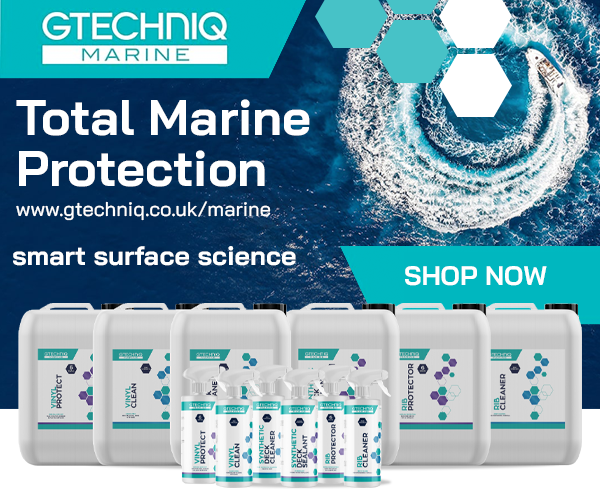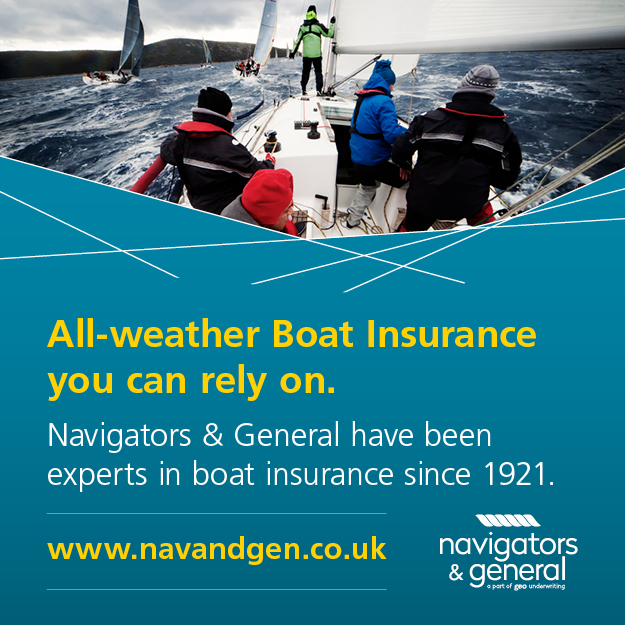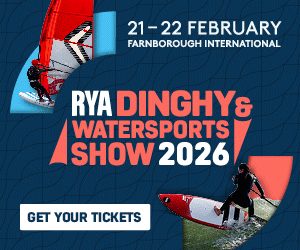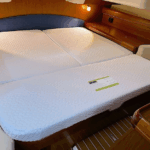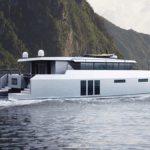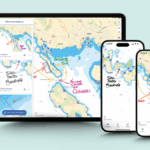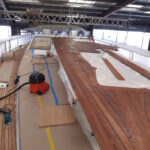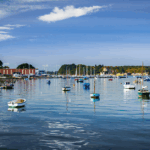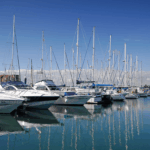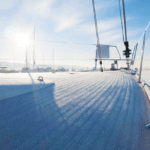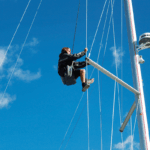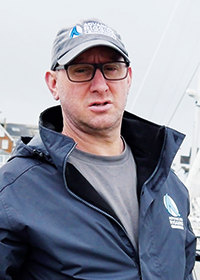 Neil Brinsdon is Managing Director of Advanced Rigging and Hydraulics & Spencer Rigging, both part of the Ancasta Group.
Neil Brinsdon is Managing Director of Advanced Rigging and Hydraulics & Spencer Rigging, both part of the Ancasta Group.
AAS: How did you get started in the rigging industry?
NB: Initially, I joined Spencer Rigging as an apprentice upon leaving school. The industry has obviously changed a vast amount in that time, but learning the trade and skills right from entry level has been invaluable. In those first few years, I was lucky enough to learn from some of the most skilled riggers around including Harry Spencer, combining both traditional techniques and visionary designs as manufacturing evolved. Spencer Rigging held then, as it does now, an outstanding reputation for working across a diverse range of projects, and I spent 18 years there working on projects across the world, before moving on to other industry roles in project management and technical sales within the rigging industry. Since 2014 I have been with Advanced Rigging & Hydraulics, part of the Ancasta Group, and we acquired Spencer Rigging in 2023.
AAS: What do you love about your job?
NB: At heart, I am a problem-solver and enjoy applying design and functionality to deliver the best possible solutions for customers. As a team, we can be working across all areas of the rigging industry in one day – from mast stepping to custom rope work to hydraulics servicing, and then the next day onto rig inspections and bespoke designs for architectural projects. The variation keeps the job challenging. We also work with industry leading suppliers, and it is a pleasure to work with well-built products.
AAS: You advise sailors participating in long distance voyages such as the Atlantic Rally for Cruisers (ARC) and World ARC, assisting with rigging considerations. Can you tell us more about this?
NB: Safety and peace of mind are essential for sailors setting off on a long-distance passage, and the demands on a yacht’s rig during an extended period at sea may be very different to the owner’s usual sailing routine. We would advise a professional rig inspection is carried out before setting off, the detail of which will vary depending on the age and usage history of the boat. We also provide guidance for spares to carry, chafe protection and simple checks that can be carried out whilst underway. Sometimes minor defects can quickly escalate on a long passage so gaining an awareness and understanding of what to look for could be the difference between finding a small problem that is repairable and losing the rig over the side.
AAS: What have been some of the key technical developments in your industry over the past few years?
NB: The marine industry is always evolving, but in the rigging sector specifically, the developments tend to be the performance technology advances becoming more attainable for the average sailor. We see this with the use of carbon and composites for masts and spars and utilising new fibres such as Dyneema® across the running rigging market. Often the engineering fundamentals have remained unchanged, but the advances in materials and their applications are where the gains are made for performance and comfort for sailors.
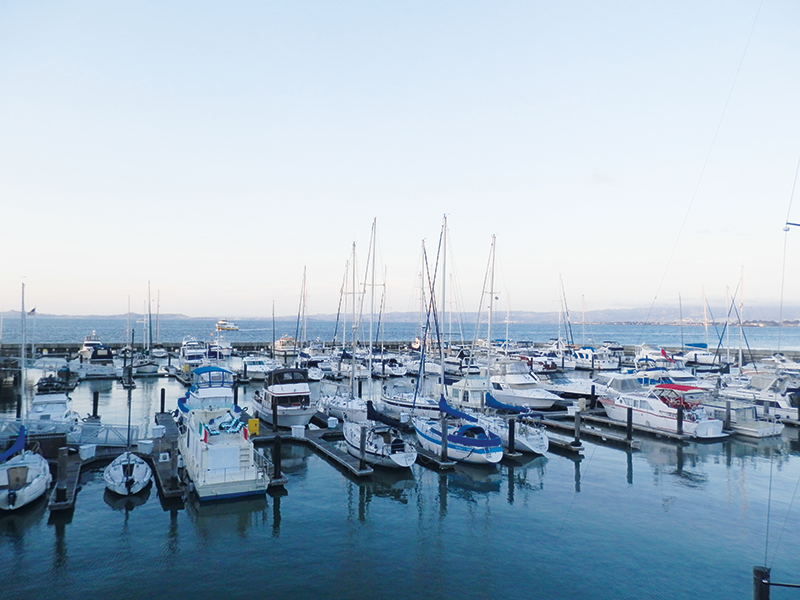
AAS: As well as working with familiar names like Oyster, you have worked on restoration projects too. Do you have a favourite?
NB: I have been lucky enough to work on some of the world’s most beautiful classic yachts and often revisit them as they undergo multiple refits and restorations. It is a privilege to assist in keeping these stunning boats sailing. It is difficult to choose a favourite, each project is unique, but working to restore Merrymaid, the 111ft classic built in 1904 by C&N was a real highlight. It was a big project, all her ropework was hand spliced and fitted on the dock in Toulon, France, requiring precision and technique and, of course, up against a tight deadline.
AAS: What are your top tips for looking after your rigging and hydraulics this winter?
NB: Top tips would depend on how your boat’s being used this winter – many of our clients will chase the winds and head to sunnier climbs in the Caribbean, whilst others will be laying up to wait for spring. For both scenarios, my advice is to not delay proper care and maintenance of your rigging and hydraulics systems. Often, it is a forgotten part of most owners’ boat care routines but can prove to be the costliest.
AAS: What do you see as the biggest challenges facing the marine industry at the moment?
NB: Certainly not unique to the marine industry, but challenges around trading internationally and futureproofing with a skilled workforce certainly feature. We are lucky to have a reliable network of suppliers globally and work closely with the European market and our partners at Reckmann Systems, but across the board we have seen costs and lead times affected. We also benefit from a committed team with a diverse range of skills. It is important we invest properly to ensure we continue to develop their talent, and to encourage new recruits.




